Trump takes America on a different course
The new world order had three important features.
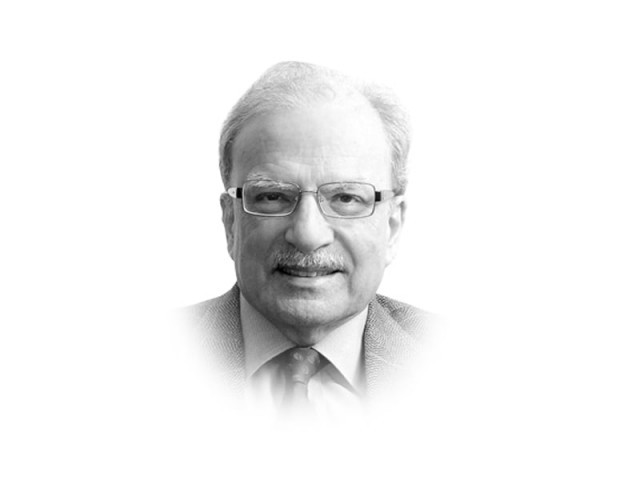
The United States under Donald Trump, the country's 47th president, is moving away from the global order Washington was deeply involved in creating, in 1945. The old order was based on the path-breaking analysis done by British economist John Maynard Keynes on the adverse effects of the actions taken by the victors of the First World War against those who were the losers in that conflict. Those who lost were required to pay the victors the cost of the war. To make those payments, the losers – Germany and Italy – heavily taxed their citizens. This created enormous resentment against the rulers of the day and led to the rise of Nazism in Germany and a similar philosophy of governance in Italy.
Germany and Italy worked together to move away from the system that was imposed on them by the West, then led by Britain. The result was the Second World War which was more destructive and costly compared to the first conflict. Following the findings of Keynes, the victors decided to create a new economic and political order and to rebuild the parts of Europe and Asia that had been destroyed by the war.
The new world order had three important features. The first was that the major moves in the global economy and political system would be made by all the members of the international community working together. No member, no matter how large, rich and powerful, would be the leader. That the United States accepted this position. This was a major concession and contributed massively to the creation of the new order. The second part was that the building of consensus was left to international institutions such as the United Nations, the International Monetary Fund (IMF) and the International Bank for Reconstruction and Development (IBRD). The last-named institution over time developed into the World Bank Group, today's WBG. Over time, several other institutions such as the World Health Organization (WHO) and the World Trade Organization (WTO) were added later to the institutional cluster. It took 35 years before nations could agree on the substance of trade regulations. It was in a meeting held in Marrakesh (Morocco) in 1995 that the global community agreed to establish the WTO. The only concession made to the large countries in the global system was to agree that the president of the World Bank Group would be an American while the Europeans would appoint the director general of the IMF. The heads of WHO and WTO were expected to belong to the developing world, now called the Global South.
The third element in the world order was that international borders would not be violated by the use of force. The Russian's violated this rule by invading Ukraine, an action that galvanised the Western Europe and the United States. Helped by these countries, Ukraine is still defying the Russian invasion.
When Trump was elected the American president in 2017, he proclaimed that his ambition was to make America great again. MAGA became a slogan for his followers. He himself wore a red cap with the words MAGA inscribed on it. To make America great again, it had to go alone, not be constrained by outside forces, national and international. A group not convened by Trump but made up of people who shared his outlook came up with a document titled "2025 Presidential Transition Project". Trump proposed that if he were to be elected in November 2024, he would turn himself into a dictator for one day.
By that he meant that on the first day in office, he would issue a spate of executive orders that would retake some of the ground his country had lost by following the old global order. He kept his word. The orders he issued were focused on reducing the size of the federal work force and controlling immigration into the country. By his count, there were at least 11 million illegal immigrants living in the country. They would be rounded up, put on the planes and taken to the countries from which they had come. He put Steven Miller in charge of this operation. He was brought in from California and given a senior position in the White House.
Miller had won notoriety during the first term Trump was in office. He was responsible for the order that barred people from seven Muslim-majority countries from entering the United States. This order was challenged in the courts and declared unconstitutional by them. This time, Miller's focus was on rounding up the illegals living in the country and deporting them. By sending illegals back to the countries from which they had come would hurt both the United States as well as the countries that had exported their workers. The US would be hurt since the illegals perform work in the vital sectors of construction and agriculture. In the house we have lived for 45 years in a Washington suburb, whenever we have needed work to be done inside or outside, the workers who were engaged were almost always those from Central America.
I don't have the numbers for the illegals who have come in illegally from Pakistan to the United States and may be repatriated but these estimates are available for India. However, the Pakistani situation may not be that different from that of its neighbour. Indians began moving to the United States in large numbers in the 1960s. The pull is strong today.
According to Pew Research Center, an agency based in Washington, India is one of the top sources of illegal migration to the United States. It estimates that as of 2022, more than 700,000 undocumented Indians are living in the United States. This is the third largest group, behind Mexicans and Salvadorans. Some Indians have arrived legally with student visas or time-bound work permits but overstayed. According to US government data, in 2023, about 90,000 Indians were arrested to enter America illegally. Indian authorities fear that the Trump administration programme to locate illegals and deport them would likely involve tens of thousands of Indians. However, as many illegal Indians work in modern sectors of the American economy, such as finance and information technology, there will be pressure extorted on the White House not to send these vital workers back to India. Elon Musk, an IT and air space entrepreneur, employs many high skilled Indian workers. He is unlikely to extend his programme to include many people of Indian origin.

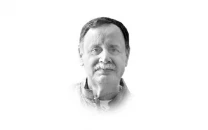
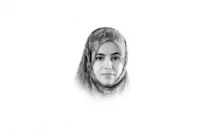
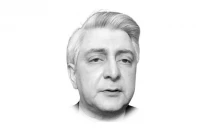
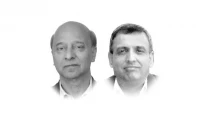

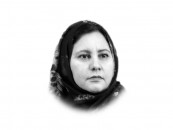

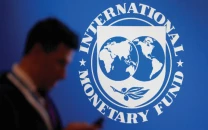
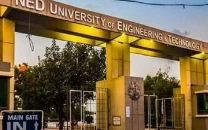

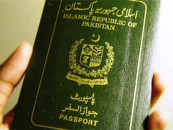
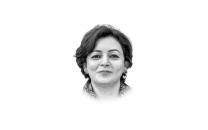
COMMENTS
Comments are moderated and generally will be posted if they are on-topic and not abusive.
For more information, please see our Comments FAQ